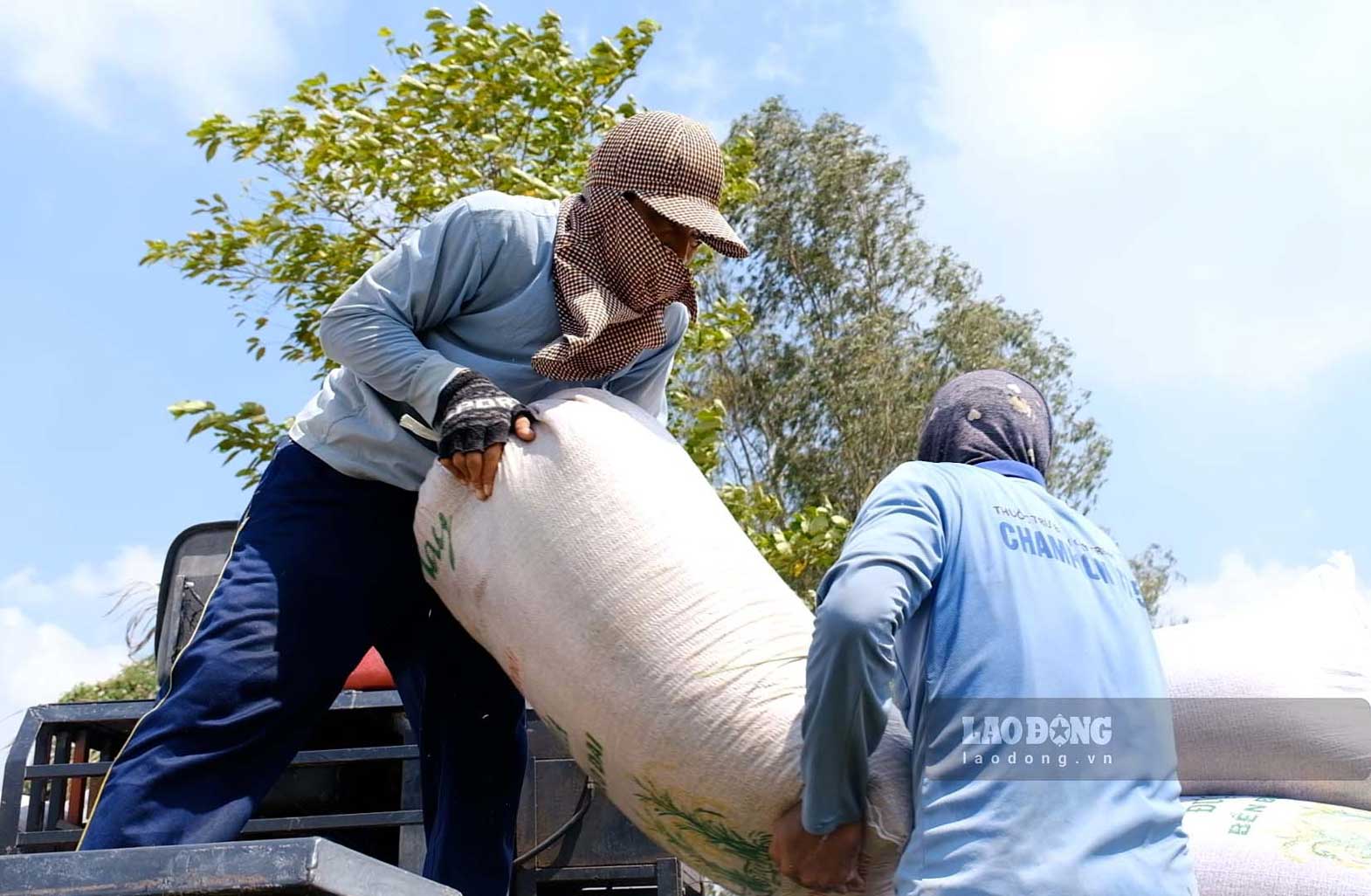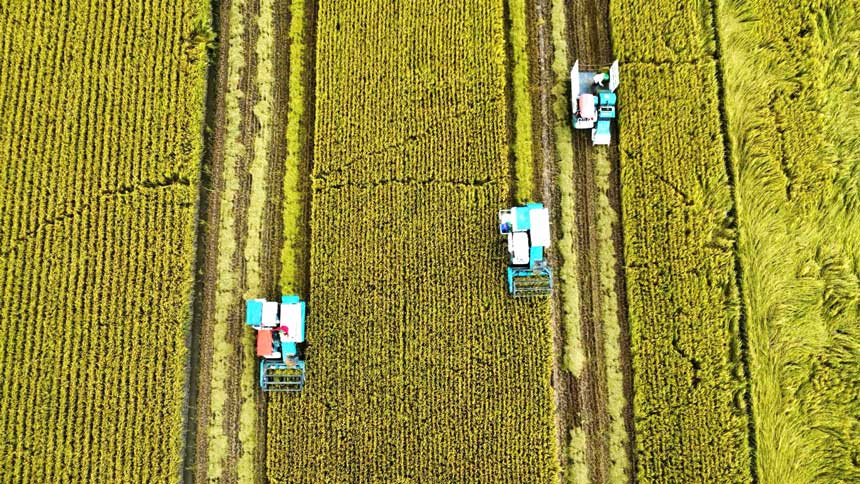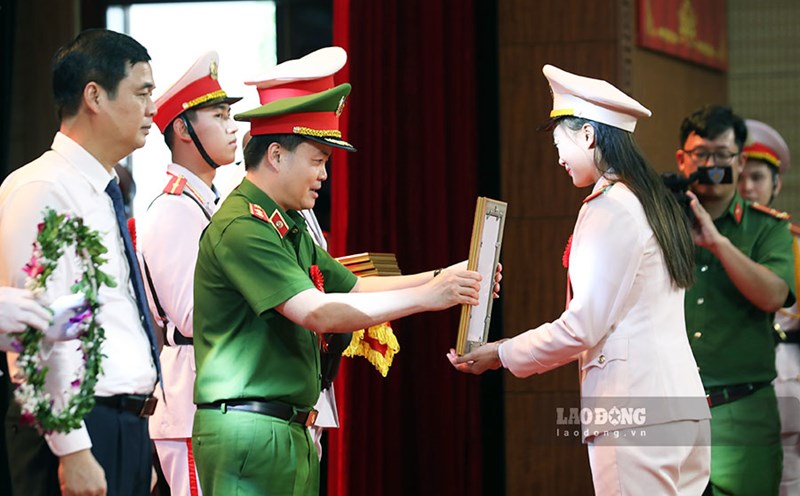Having a brand in the world
According to data on Vietnam's import and export of goods in December and 2024 from the General Department of Customs of Vietnam, in 2024, the country's rice exports will reach the highest level ever, with 9.03 million tons, an increase of 11.1% over the previous year and a value of 5.67 billion USD, an increase of 21.2%.
Vietnamese rice is mainly exported to the ASEAN market with 6.43 million tons, accounting for 71%, an increase of 31% over the previous year. Rice exports to China are 285,000 tons, down 69% compared to the previous year.

Recently, with rice exported to about 150 countries around the world, the average annual output ranges from 6 - 8 million tons. Mr. Le Thanh Tung - Vice President of the Vietnam Rice Industry Association - said that our country's rice has a global positioning brand. What needs to be done now is to exploit more strongly to increase the value of Vietnamese rice in the coming time.
The sustainable development project of one million hectares of high-quality, low-emission rice cultivation associated with green growth in the Mekong Delta (MD) by 2030 (abbreviated as the Project) is one of the ways to build a Vietnamese rice brand in each segment, each country, each different stage, bringing benefits to participating factors, from consumers, farmers to export enterprises, said Mr. Tung.
According to the Vice President of the Vietnam Rice Industry Association, our country, if we want to build a rice grain brand and position it well, needs to start with the slogan of the friendliness and responsibility of rice production towards the environment, consumers and participating ingredients. In particular, the most important thing is the need for transparency about rice from production to consumption.
Deposit in the new context
In the new context, new requirements, especially Vietnamese agricultural products, must compete fiercely in the world market, Dr. Tran Huu Hiep - Vice President of the Mekong Delta Tourism Association - said that there needs to be a multi-sectoral approach and inter-sectoral coordination in building rice brands of businesses, regions and national rice brands.
The application of advantages and continuation to promote the achievements of biotechnology in breeding to have new rice varieties that are competitive and meet market demand need to be paid attention to. At the same time, it is necessary to professionalize by building raw material areas, especially raw material areas of 1 million hectares of high-quality, low-emission rice.

The rice brand is not only a shirt for rice grains but must be a transmission of economic and commercial values to cultural, environmental and traditional values. Therefore, it is necessary to build stories with the characteristics of each region associated with rice grains.
The completion of the legal system to best protect the value of intellectual property through the protection of copyright, trademark and trademark associated with rice also needs to be done. Thereby, creating conditions for scientists to research, apply and build rice brands not only nationwide but also to access the world market.











